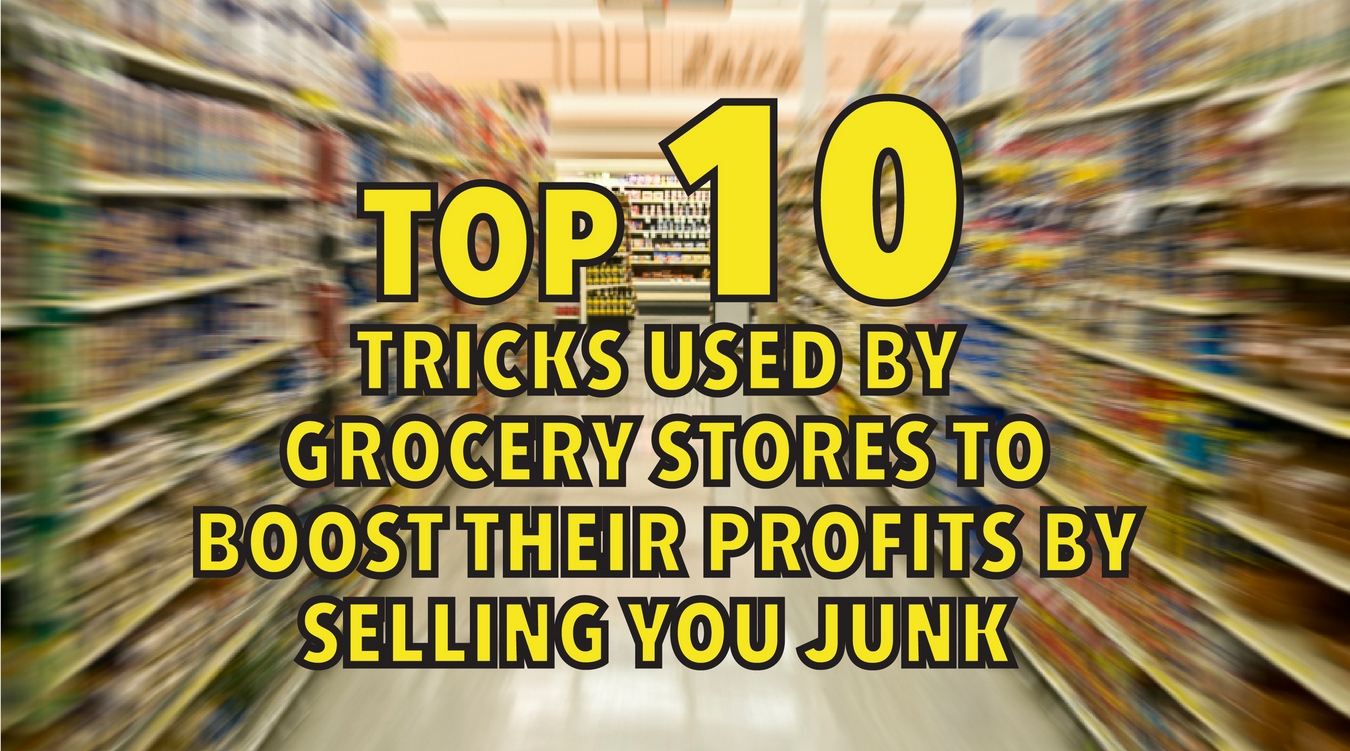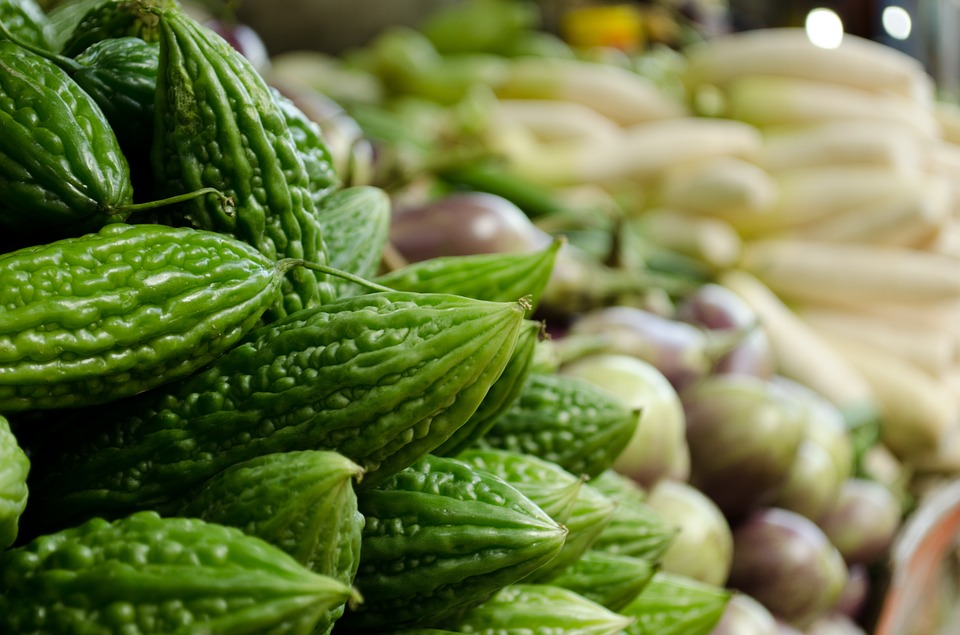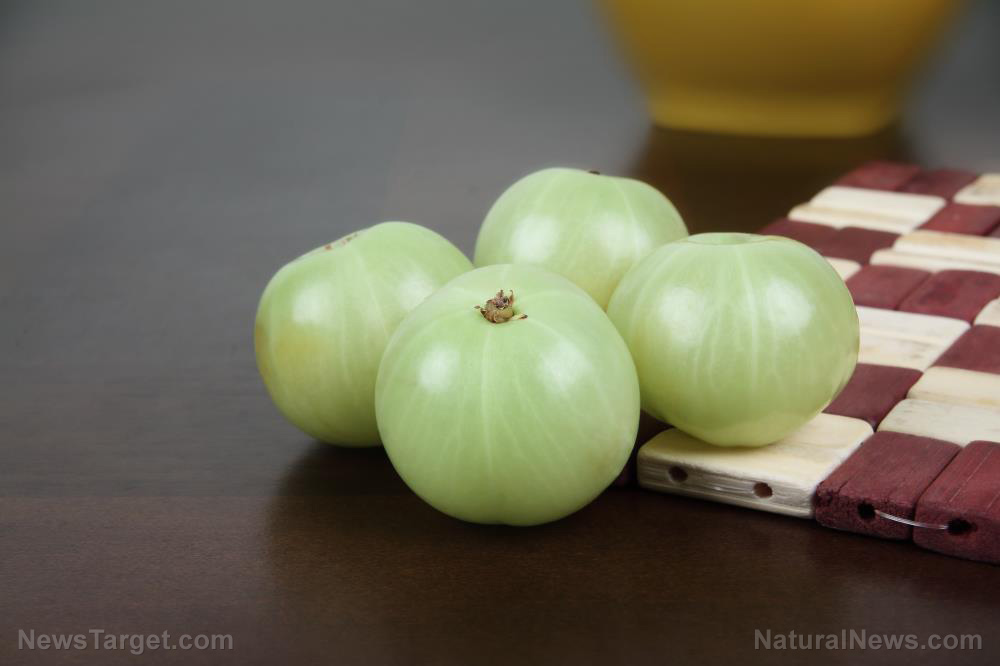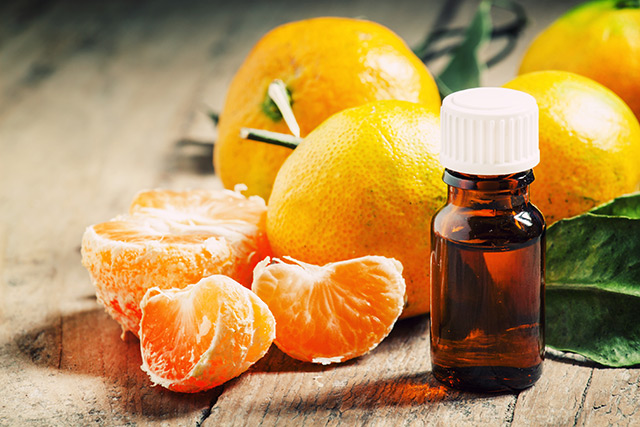Top 10 tricks used by grocery stores to boost their profits by selling you junk
08/19/2015 / By Carol Young

Grocery stores are like mazes with profit as their end goal. They are full of strategies designed to get you to fill your cart with more than you may ever need. Grocery stores target shoppers to get them to try different products; their advertisement and placement of products attempts to trick you into buying more. For instance, have you ever taken much notice of product placement on the shelves or certain discount traps?
Most of the time, you may think you are getting a good deal, but big-box stores will always come out ahead, especially when they’ve already purchased all their merchandise in bulk. Since a store’s only aim is to sell, they use tricks to do so, sometimes compromising the quality of the products you buy.
The anchor decoy
Brand A may have been lying around the shelves for quite some time. Meanwhile, Brand B, which has fewer attractive features and a highly exaggerated price tag, comes in to join the shelf. All of a sudden, Brand A looks so attractive – customers can get more for less. At least, that’s what the shelves are making it look like. Brand B, serving as the decoy, is not necessarily worth the price. In fact, most of the time, grocery stores do not expect the decoys to sell. They are merely there to make the other brand look much more attractive. If they cannot improve the product, they place it next to an even more undesirable one to make it look like it is worth grabbing off the shelves.(1, 2)
End cap placement
Grocery stores strategize by catching your attention. They take advantage of the first thing you see. Even before you rake through the long aisles of the store, you will already have a few items in your cart. As you know, products are positioned at the very end of each aisle. Nearly every square surface of the store is lined with products. These products at the end of the aisle often do not correlate with the products sold on that aisle. In this way, grocery stores often use the beginning and end of the aisles to display new items or discounted promos which are relatively near their expiration dates. Perhaps because these products are not related to the other items within the aisle, you may feel more inclined to buy them.(3, 4)
Mother Nature's micronutrient secret: Organic Broccoli Sprout Capsules now available, delivering 280mg of high-density nutrition, including the extraordinary "sulforaphane" and "glucosinolate" nutrients found only in cruciferous healing foods. Every lot laboratory tested. See availability here.
Placing essential products at the end
Suppose you make a quick stop at the grocery store with only one item in mind to grab. However, you don’t reach that item until you have gone through all the aisles, and by the time you are in your target destination, you already have some items in your cart which you suddenly realized you needed to get. This is why the essentials are situated at the end of the grocery stores. This strategy is pretty much like cliff-hangers in TV shows – they put the best parts at the end to make you stay and watch the next episode, until you realize you’ve watched the full show. (1, 5)
Placing kid-friendly products at a kid’s eye level
Grocery stores know that children can take part in the advertising process. Most parents and/or guardians would prefer to leave their children at home while they shop because kids tend to grab anything that appeals to them and ask their parents to buy it. Most of the time, children are successful in begging their parents to buy their desired product. The grocery stores know this, which is why products, especially those which cater to children, are placed where they they can be reached.These include food products with free toys or even packages with colorful, cartoon drawings. The most boring or cheap products can stay at the top of the shelves, where adults are more likely to see them.(4)
Offering a deal or a discount on a product that doesn’t sell much
Consumers are always trying to spend as little money as possible. Sometimes products will be priced so cheaply that they will be hard to pass up even if the product is of the poorest quality. Even the cheapest and most useless products somehow manage to end up in the shopping cart anyway. When grocery stores need to quickly make space for new products, they will quickly lower the price of some brands to clear out shelf space. This strategy appeals to shoppers who prefer the cheapest among the bunch, ignoring the quality or preference of other customers. To them, quality is irrelevant.(1)
Playing slow and relaxing music
Some stores are frequented by shoppers not because of their products or especially wonderful deals but because of their ambiance (think clothing stores like Anthropologie or computer stores like Apple). Music adds to the experience of the shopping environment. People are more likely to idly wander around if they are entertained. Though grocery stores have their own jingles which are on loop and which may become annoying at some point, a lot of other stores pick songs carefully for their playlist. These may cater especially to different type of customers who frequent the stores. For example, shoppers from Generation X are likely going to be attracted to the to songs of their generation, while the younger Millennials are probably more likely to enjoy songs that are currently topping the charts. Either way, music plays a role in the shopping experience and this is a strategy grocery stores do not neglect.(6)
Luring customers to buy with free samples
They say nothing in life is free, and this holds true for grocery stores, even though at first, they make the opposite seem more likely. Free samples are there to trick customers into buying. Offering a taste or sip of a food product often will sell better than simply scanning the package. Another sales trick may be using an experienced worker who samples products to gently persuade shoppers that they should buy their sampled product. Grocery stores also use this sampling strategy to get rid of older products or let customers know about new products. Having free samples a few feet away can sometimes make you think that you need these products.(7, 8)
Giving a loyalty card that offers discounts
People like to feel special, and this is what loyalty cards are for. Most of the time, grocery stores offer memberships for a certain amount of money, and they allow you to accumulate points which you can use. Also, they offer exclusive discounts to card holders and may even have a selection of products only members can choose from, making them look more valuable than they truly are. Moreover, loyalty cards are there to ensure that you will keep coming back.(9)
Making food makers pay “slotting fees” for placing items
Grocery stores require slotting fees when different companies want their products to secure a strategic position on the shelves. If they want more effective exposure, they are willing to pay more just so they’d be placed where customers are more likely to see them. It is just like paying thousands of bucks to see a concert in the VIP seating. Apparently, slotting fees are increasing, and some grocery stores charge just to let the products remain on the shelf. Aside from the profit generated from the products, grocery stores also benefit from these slotting fees.(10)
Eye level placement of the favored items
This is another shelf strategy. Grocery stores will put the items they want you to buy at eye level. Often the cheapest and least profitable products will be placed high up on the shelf where you may not see them so easily. By placing all the items the stores want you to buy at eye level, the more likely you are to see them and purchase them. Be careful about the quality of these products. Many processed foods in grocery stores are full of chemical ingredients that are engineered to make you addicted to them. Read more about this addictive chemical engineering here.(4, 11)
Sources:
(6) www.semus.lt[PDF]
(7) TheAtlantic.com
(10) BizShifts-Trends.com
(11) NaturalNews.com
Tagged Under: corporations, grocery stores, marketing tricks, profits




















